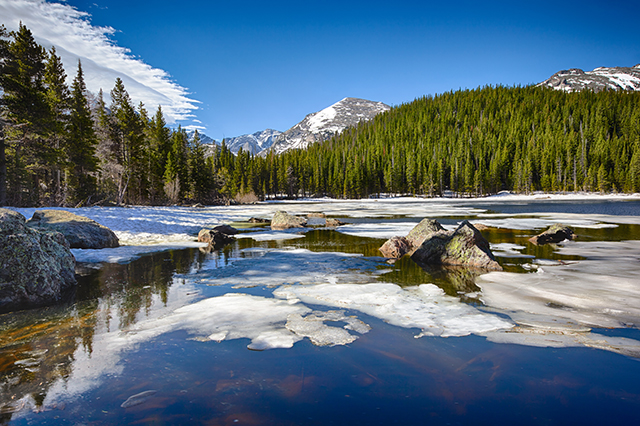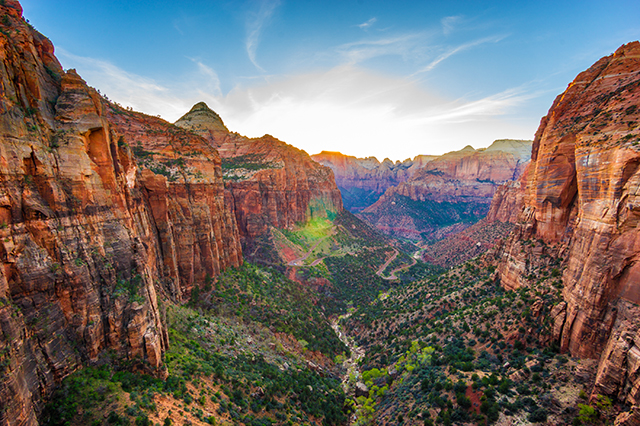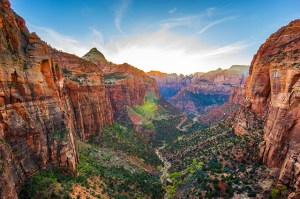The U.S. national parks offer incredible opportunities to experience the country’s most breathtaking landscapes and natural wonders.
Track your adventures with a national park passport, available at over 400 National Park Service sites. Each location offers a free stamp to commemorate your visit.
How many will you collect?
Passport to Your National Parks
What is the Passport to Your National Parks?
Eastern National, a nonprofit organization that creates educational products and services to promote support for America’s national parks, created the Passport to Your National Parks program in 1986. Travelers can log their visits to US national parks and monuments in this small spiral-bound booklet, designed to resemble an official passport. The passport contains maps that are color-coded by region, some brief information about each park or monument, photographs and maps.
How do I get my national park passport?
The Passport to Your National Park is available at Eastern National park brick-and-mortar stores found at over 150 national parks and in their online store.
How much does the national park passport cost?
The classic passport is $14.95. A collector’s edition is $32.95. Additional pages, a kids’ edition and region-specific guides are also available.
How do I get my national park passport stamped?
The majority of parks in the National Park System participate in the passport program. Those that do participate have Cancellation Stations where visitors can collect their free “cancellation stamps”. Visitors can also inquire at the park headquarters for information about obtaining a passport stamp.
What regions are covered?
Although the National Park Service is currently divided into seven regions, the Passport to Your National Parks contains the nine regions in existence when the program was initiated. These regions are:
- North Atlantic
- Mid-Atlantic
- National Capital
- Southeast
- Midwest
- Southwest
- Rocky Mountain
- Western
- Pacific Northwest and Alaska
What is the annual stamp set and how do I get one?
Each year, Eastern National releases a set of ten full-color collectible stamps that feature a photo and description of one park per region plus a national stamp. These sets are available wherever the national park passports themselves are sold. The sets cost $6.99, and the passports have spaces allocated for these special stamps.

America the Beautiful Passes
An America the Beautiful pass grants entrance to more than 2,000 federal recreation sites managed by the National Park Service, the U.S. Forest Service, U.S. Fish and Wildlife, the Bureau of Land Management, the Bureau of Reclamation and the U.S. Army Corps of Engineers.
A pass covers the entrance and day use fees for the driver and all passengers in a personal vehicle, or up to four adults at locations that charge a per-person entrance fee. Children under 15 have free entrance to these areas. The passholder may also be eligible for a discount on park campground rates and other fees. This benefit varies by location.
What type of passes are available?
Several types of America the Beautiful passes are available, including:
- Annual pass: Anyone can purchase a standard annual pass, which currently costs $80 per year. Members of the US military can receive an annual pass for free.
- Annual fourth-grade pass: This pass is for U.S. fourth-graders, including those who are home-schooled. The pass is free and valid for the duration of the student’s fourth-grade school year, September through the following August.
- Senior pass: The Senior pass, formerly called the Golden Age Passport, can be purchased annually for $20 or as a lifetime pass for $80. The passholder must be a US citizen or permanent resident age 62 or older.
- Access pass: The free Access pass is for US citizens or permanent residents with permanent disabilities. This pass provides a discount on some park fees but does not always include free admission.
- Volunteer pass: This pass is given free to people who volunteer more than 250 service hours at federal agencies that participate in the pass program.
Where can I get a pass?
Passes are sold at numerous federal recreation areas throughout the country. A list can be found here, though purchasers are advised to call a site to confirm that passes are available.
Plan your national park vacation with a AAA travel advisor.
How many national parks have you visited? Do you use a national park passport? Tell us in the comments.
This article has been updated and republished from a previous version.














